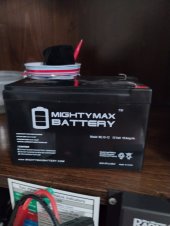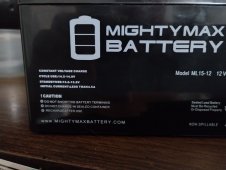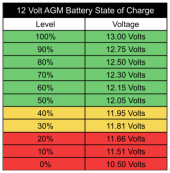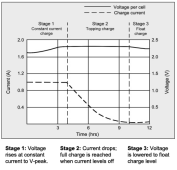stormtracker78
New Member
- Joined
- May 27, 2021
- Messages
- 29
Hi I have a question for those experts out there concerning charging your AGM or SLA battery I have 2 mighty Max 12 volt 15 amp hour batteries I charge them with a 4 amp suoki battery charger I use the SLA setting as I believe thats what the batteries are but I've been told SLA and agms pretty much are the same configuration when it comes to charging that's my first question my second is when I charge them to full within an hour after I'm done charging they drop down from full to 12.66 percent they're both pretty dependable on staying that charge but I've hardly ever used them and I never went below 50% when I did use them and at 12.66 volts under the soc guide is 80% charge should they drop from 100% charge to 80% within an hour and remain there in storage? that's my anomaly I can't seem to find anything any info would be greatly appreciated






